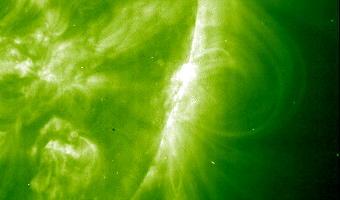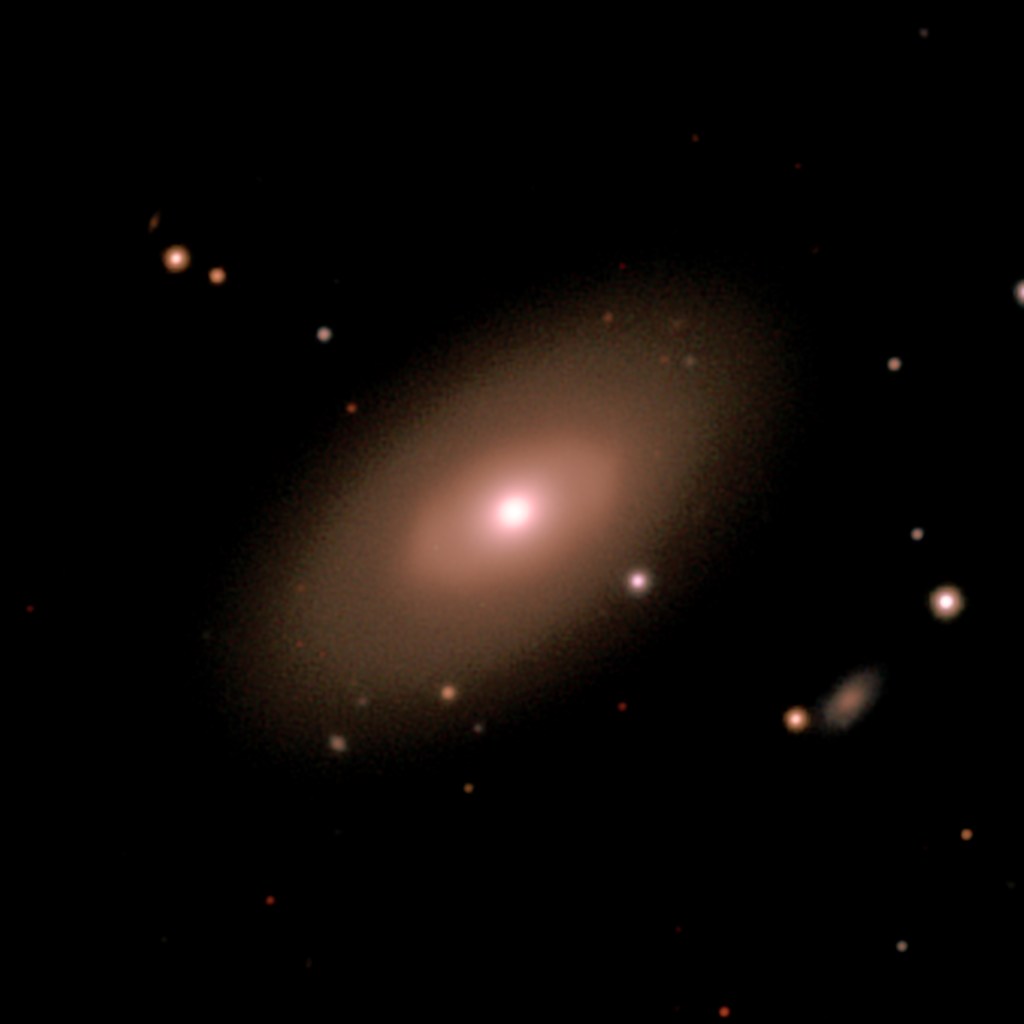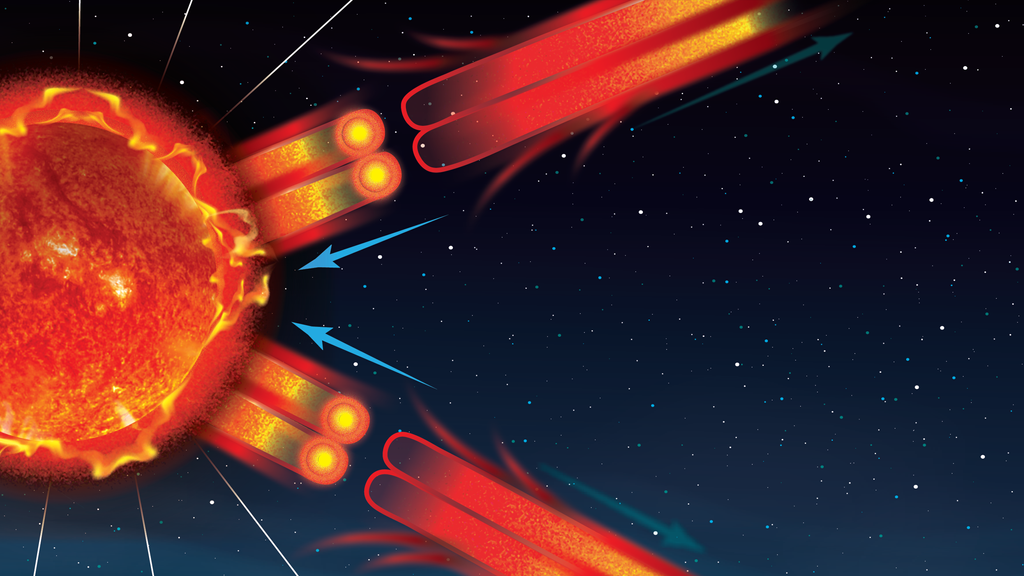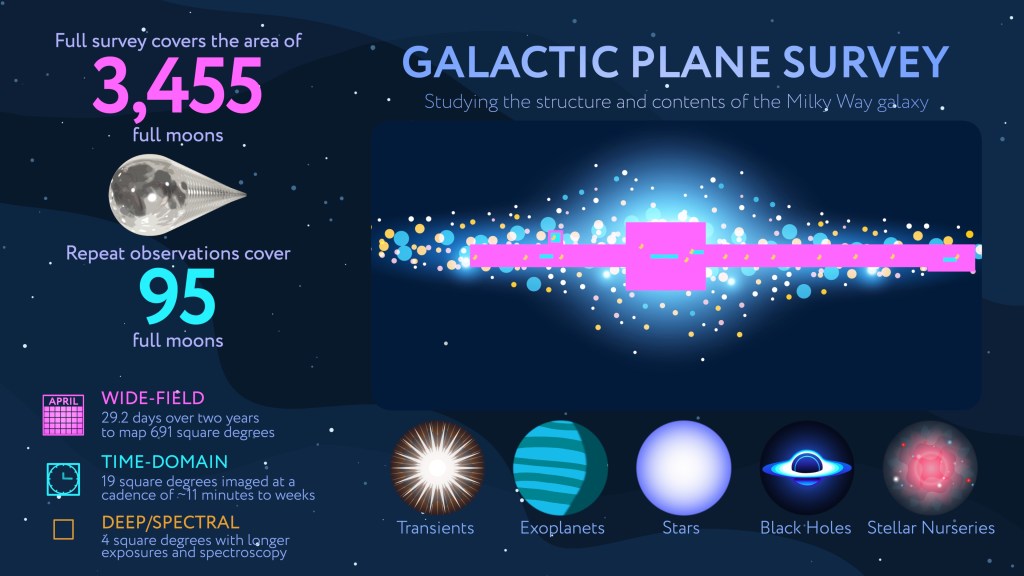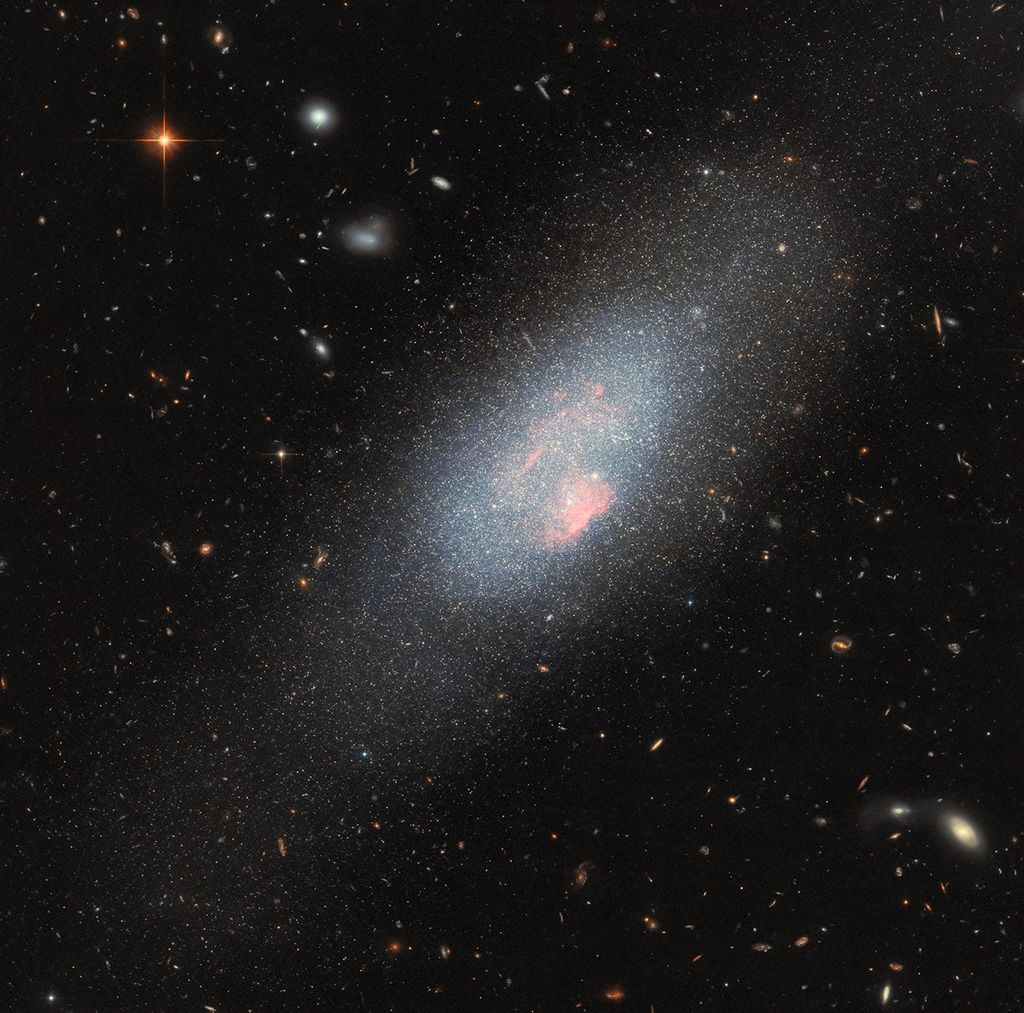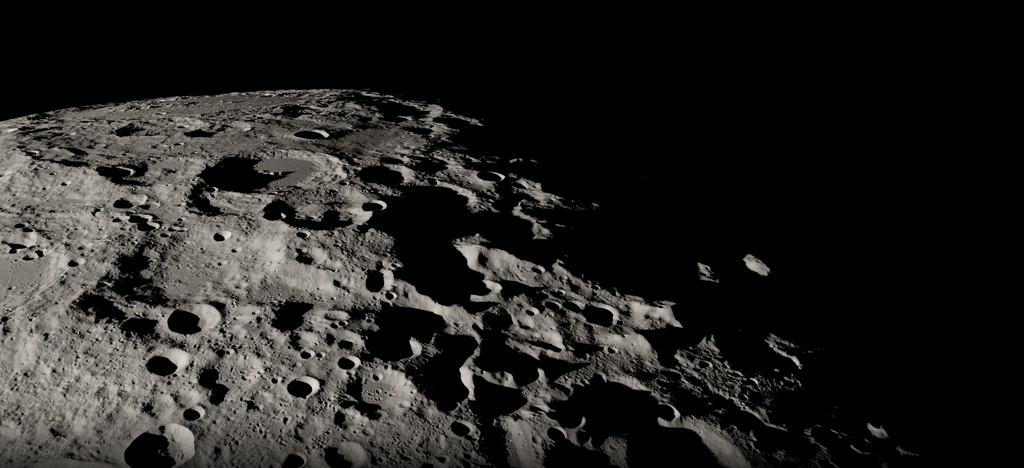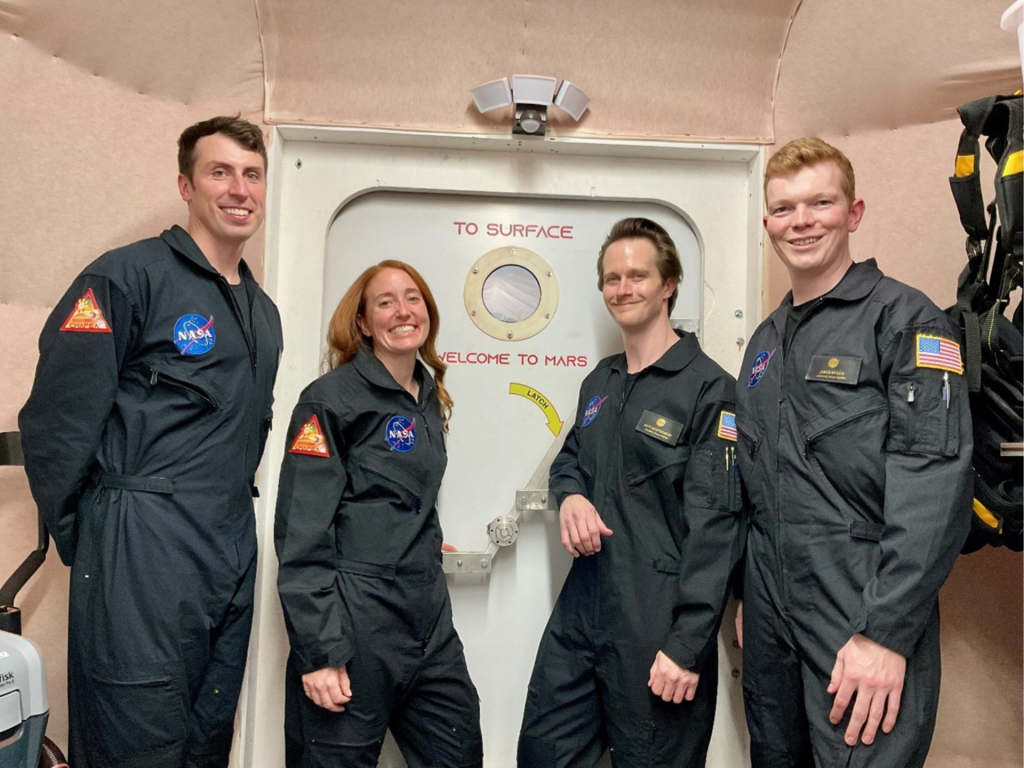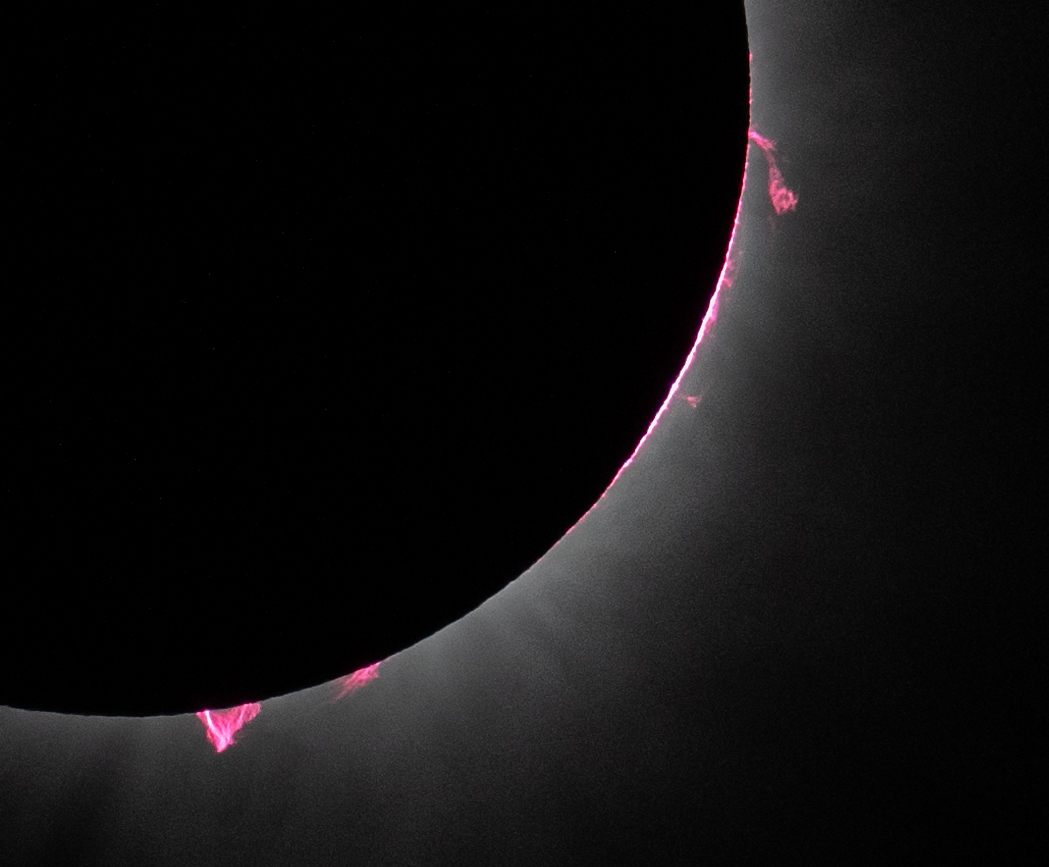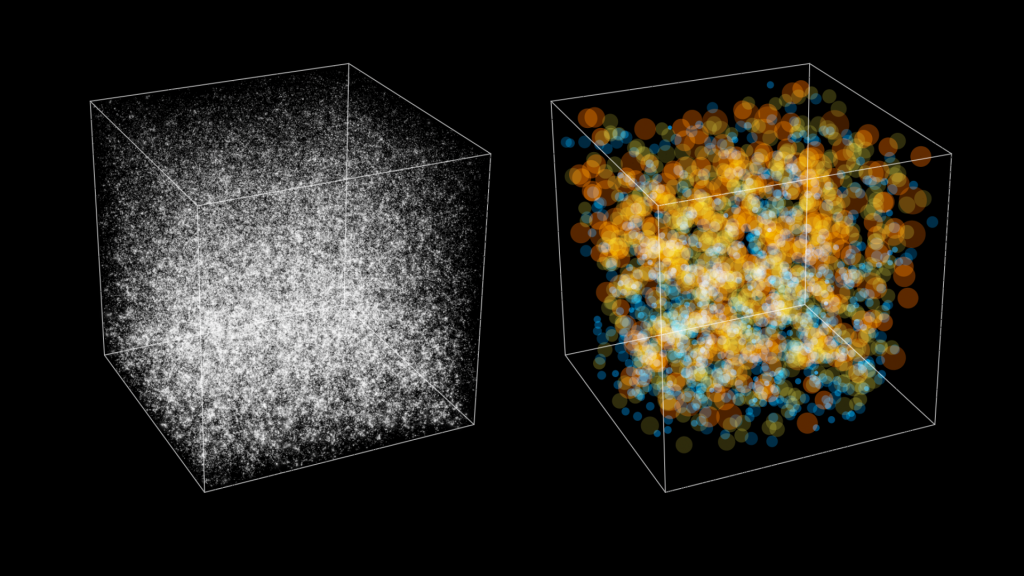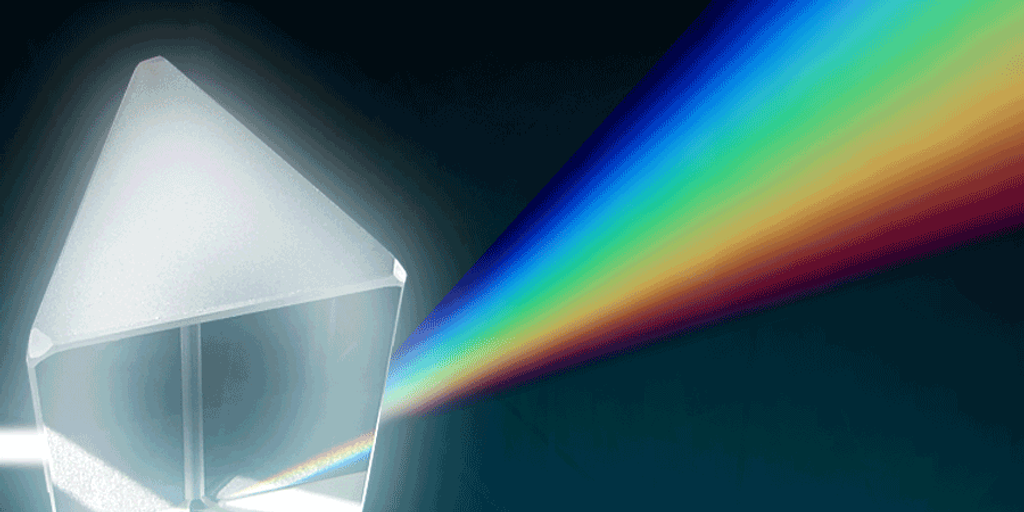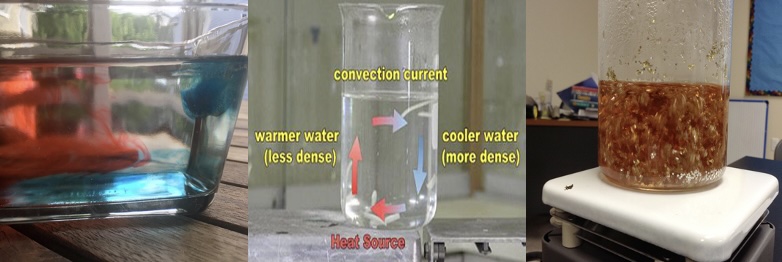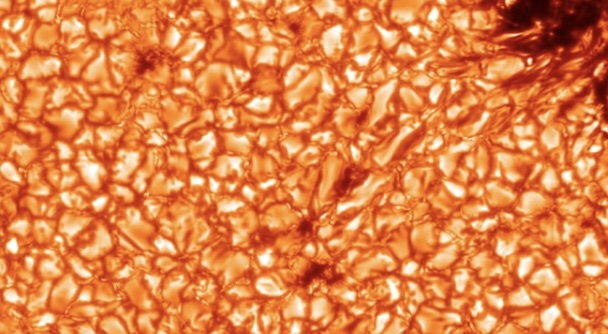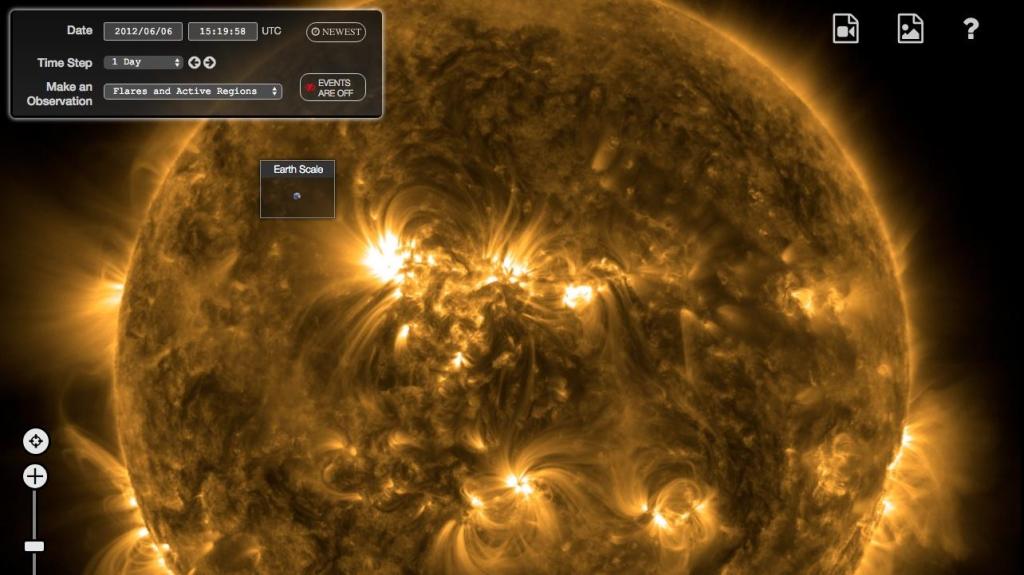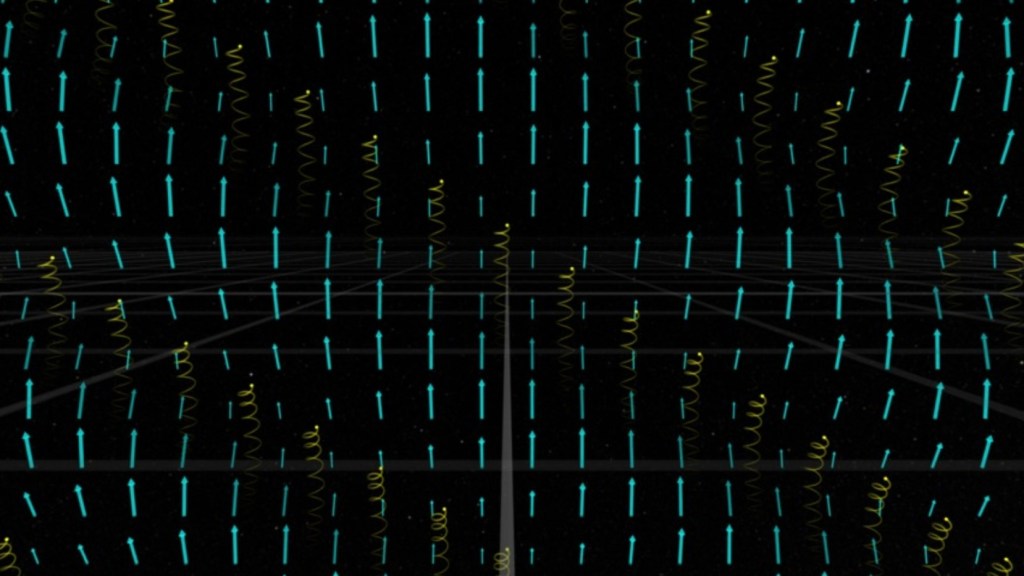Advanced Guiding Question
What are the properties of plasma and how do those properties make the Sun a giant sphere of massive energy?
Big Idea 3.1
Educator Background
-
The Sun is made of plasma. Plasma is an ionized gas, which creates an electromagnetic field. Plasmas are electrically charged and they move through space, therefore produce currents. Just like the current flowing in a wire, a flowing plasma produces magnetic fields. The vast majority of the Sun's energy output is created at the Sun's core through nuclear fusion. This internal heating converts the gas within the Sun into a plasma. At the surface of the Sun, this plasma boils like a convecting fluid and generates the Sun’s magnetic field, which we can detect at the Sun’s surface. The release of magnetic energy by reconnection also heats the corona of the Sun to millions of degrees celsius, and also produces the plasma within the solar wind.
-
Learning Constraints
At this level, students know that the Sun uses nuclear fusion at its core to make energy (HS-ESS1-6) and are learning about how the motion of electrons and ions in plasma produces its own electric and magnetic fields (HS-PS1-3)(HS-PS2-4,5).
-
Connect to Heliophysics
Connect to the Sun by emphasizing that the Sun is made of plasma and how the properties of plasma create the phenomena we observe on the Sun, including sunspots, solar flares, and coronal mass ejections. Sunspots have intense magnetic fields and repeated ejection activity, where the tangled ropes of magnetic-field lines break through the surface of the Sun itself. They snap and reconnect, releasing huge amounts of energy. Coronal mass ejections (CMEs) are bubbles of coronal plasma with intense magnetic field lines that are ejected from the Sun over the course of several hours. These solar storms are an element of what is called space weather, which can impact technologies on Earth and near-Earth environments.
-
Extend Exploration
Extend student exploration by having them further investigate the physics of magnetic reconnection and how it maintains heat on the surface of the Sun. For example, when magnetic fields change from one shape to another (reconnection), the energy that is liberated in the changing magnetic fields can be used to heat the plasma.
-
Differentiate for Beginner Learners
Support beginner students at this level by finding out what they know about magnetic fields of the Sun and Earth (MS-ESS2-1).
-
Differentiate for More Advanced Learners
Challenge students at the next level by having them investigate the more complex magnetic reactions that occur inside the Sun, known as a magnetic dynamo.
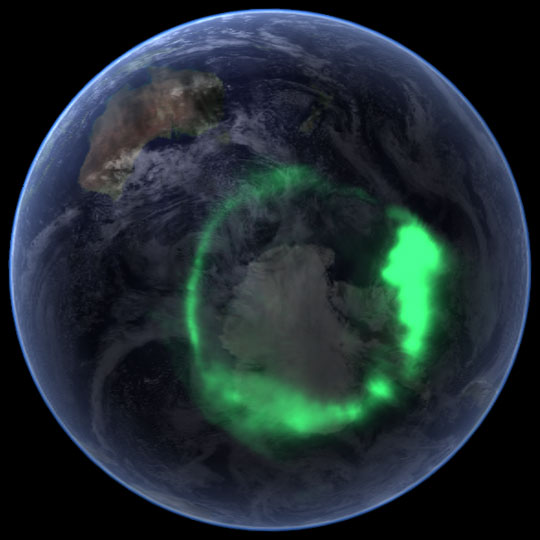
Recommended Resources
Explore this guiding question with these featured advanced level resources.
Heliophysics Resource Database
Use the guiding question above to explore resources at this level or go directly to our database to search for resources by level, NGSS performance expectation, topic, and mission.
Resource Database